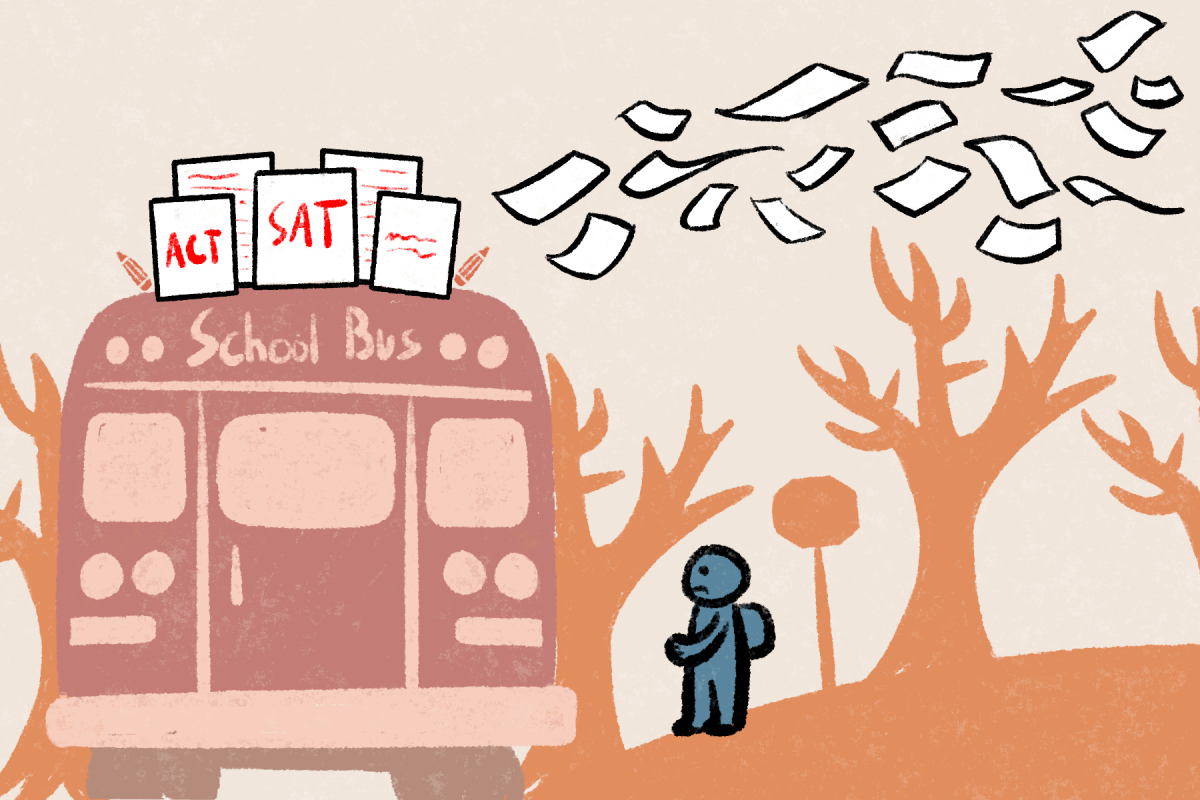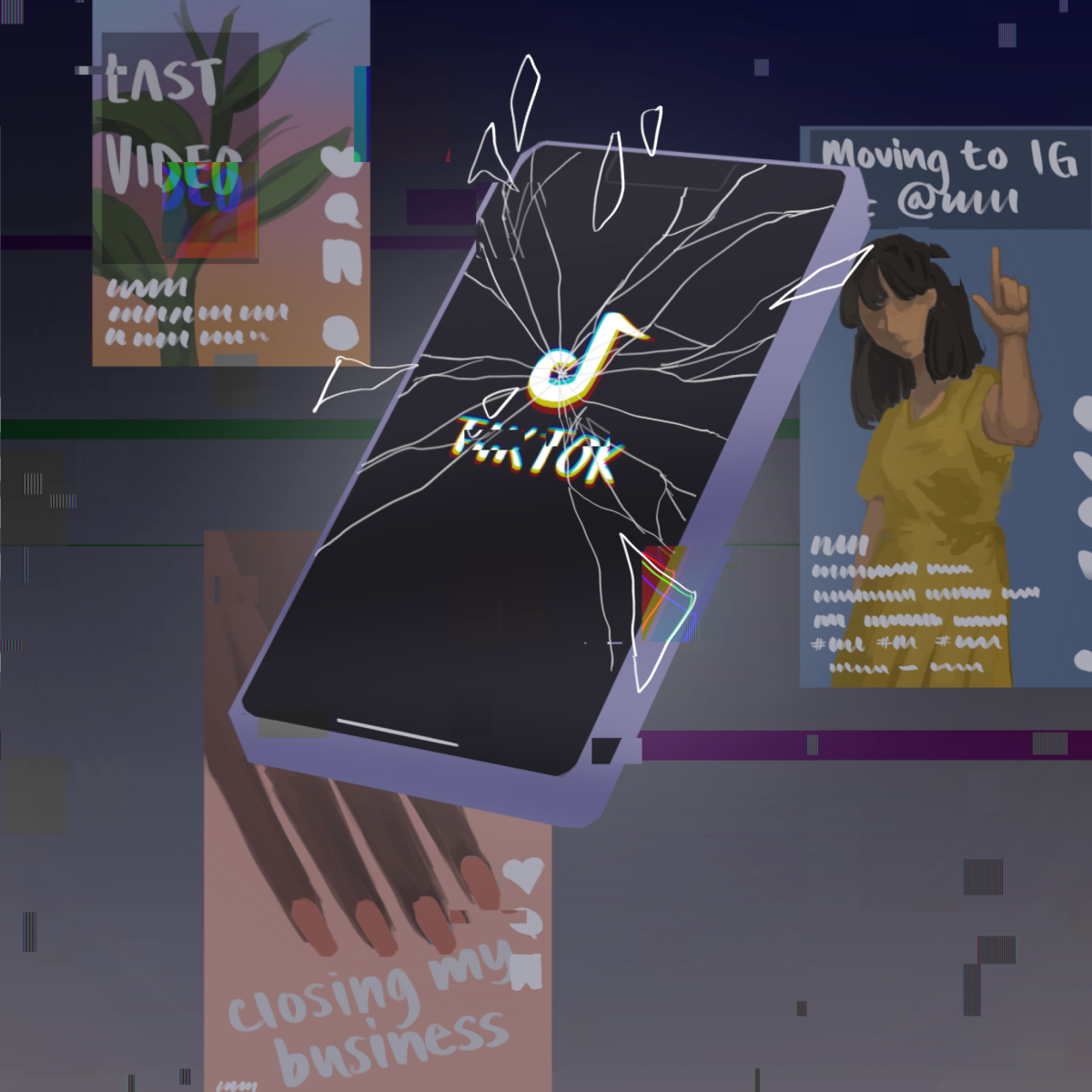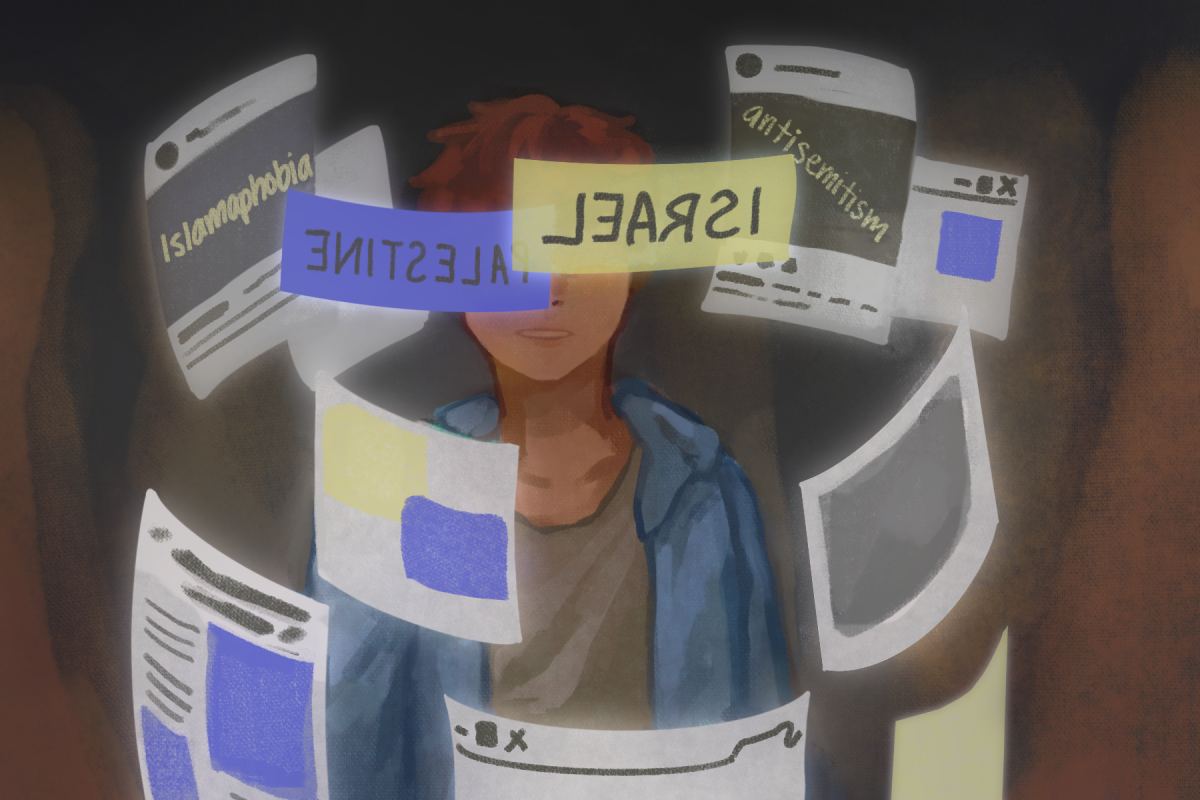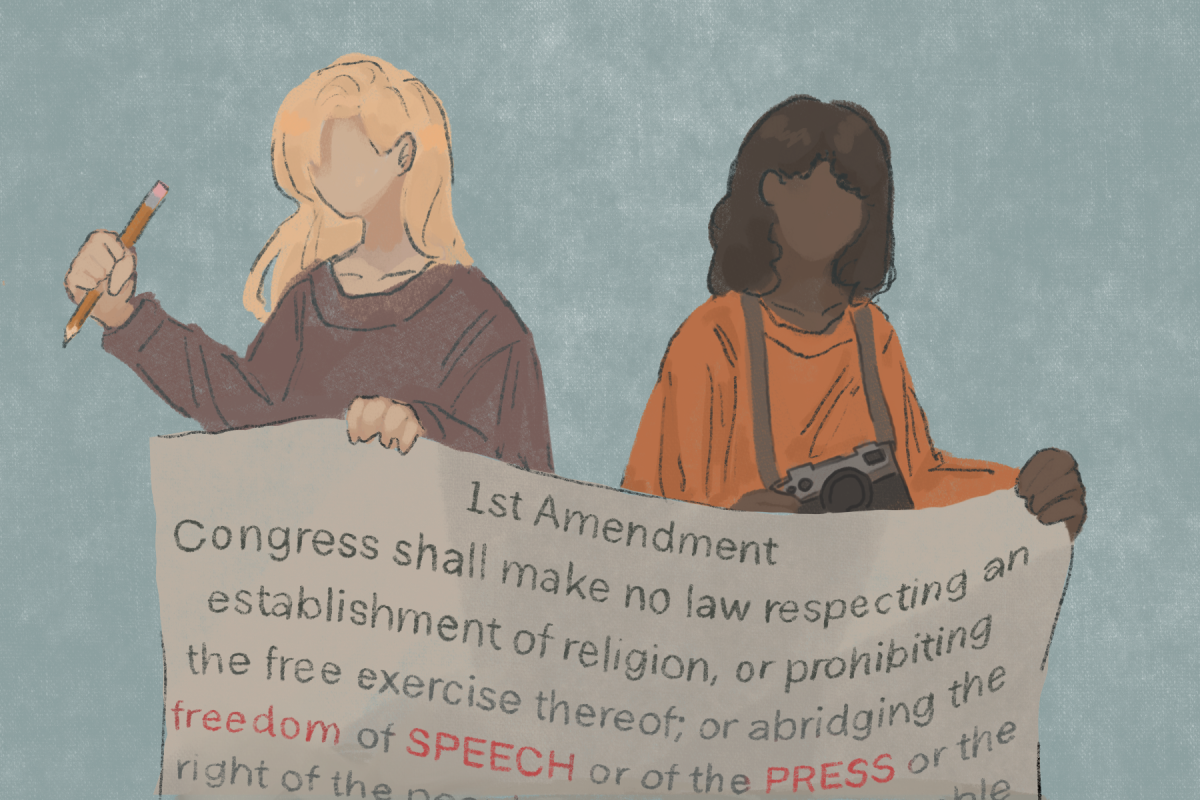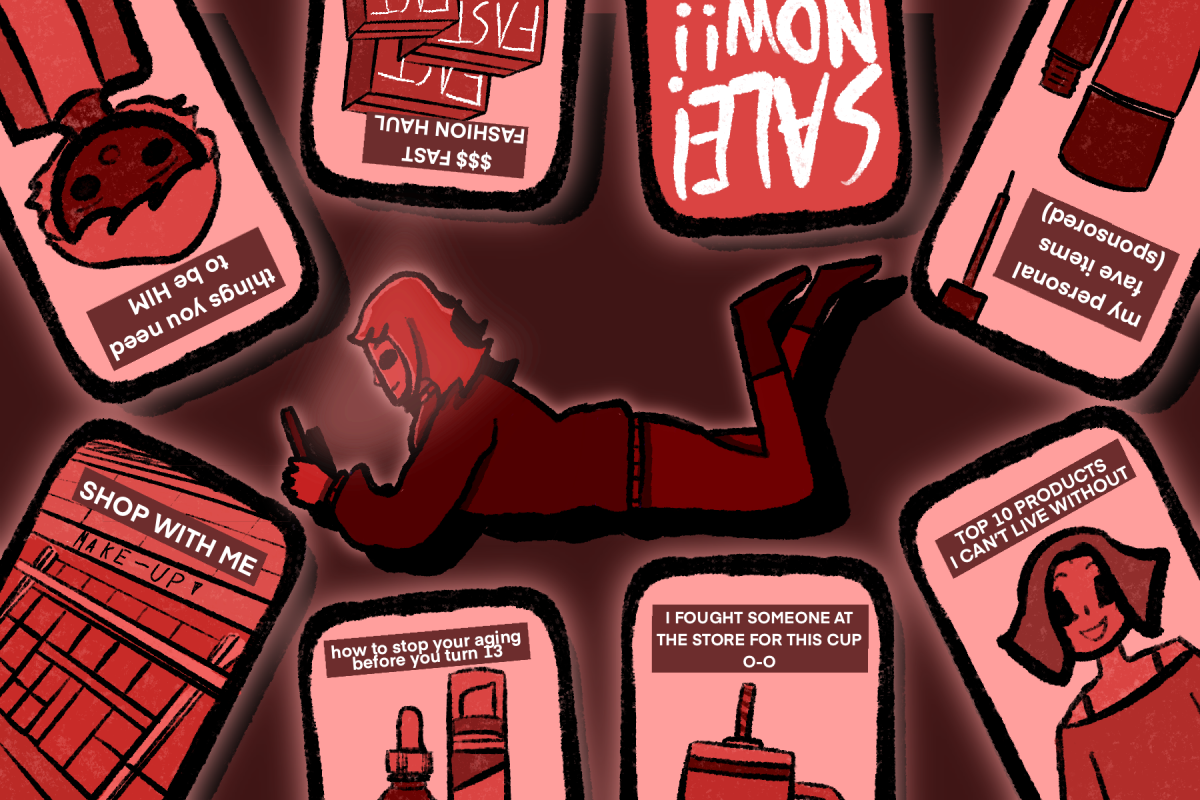By AVIDAN RISHON GURVIS
Staff Writer
Students use social media because it makes them creative in their writing, but they need to realize it is making them more prone to grammatical errors.
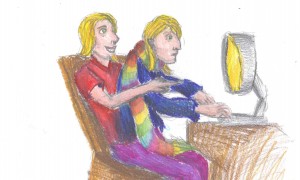
When teens use social media, it tends to bring two sides, one who is really great at writing and one who’s gram-
matical errors creep out.
This generation is the generation of digital natives. Off the top of my head, I can’t think of any teenagers I know who are not involved in some way with social media, be it blogging, Facebook, texting or Twitter. On the other hand, I think it’s safe to say that most teens see “old fashioned” writing as a significant task, even if they don’t enjoy it. Some research that began last year paints a slightly paradoxical picture.
A study from the Pew Research Center suggests that social media and texting have mixed effects on the writing of high school students, saying of the teachers they surveyed that 78 percent agreed that their students’ usage of digital technologies encouraged creativity and expression. On the one hand, students are expressing themselves creatively and are not afraid to discuss their work with their peers. On the other hand, students are less careful with their grammar.
Social Science teacher Davy Keo said the amount of her students using acronyms and shortcuts typically associated with social media in formal assignments was, in her words, maybe 25 percent. Until recently, she taught English classes.
“Really minor, like using ‘u’ instead of ‘you,’” Keo said, describing the mistakes her students made.
But social media may not be impeding all young writers. English teacher JaYoung Kim said that less that five percent of her English students use acronyms and shortcuts in formal assignments.
“Some informality in tone,” Kim said. Although she admitted that her students made this error, she wasn’t sure it was entirely due to digital technology.
Social media also seems to be improving many students writing skills.
“The ways they express their ideas seem to be more varied,” Keo said. “They seem to make more connections than before the rise of social media.
Keo has advice for thoughtful writers who are not recognized due to their social media habits.
“They need to be aware of who the audience is. If the audience is on Twitter, it’s totally appropriate,” Keo said. “If it’s their teachers, they’re looking for something more formal.”


